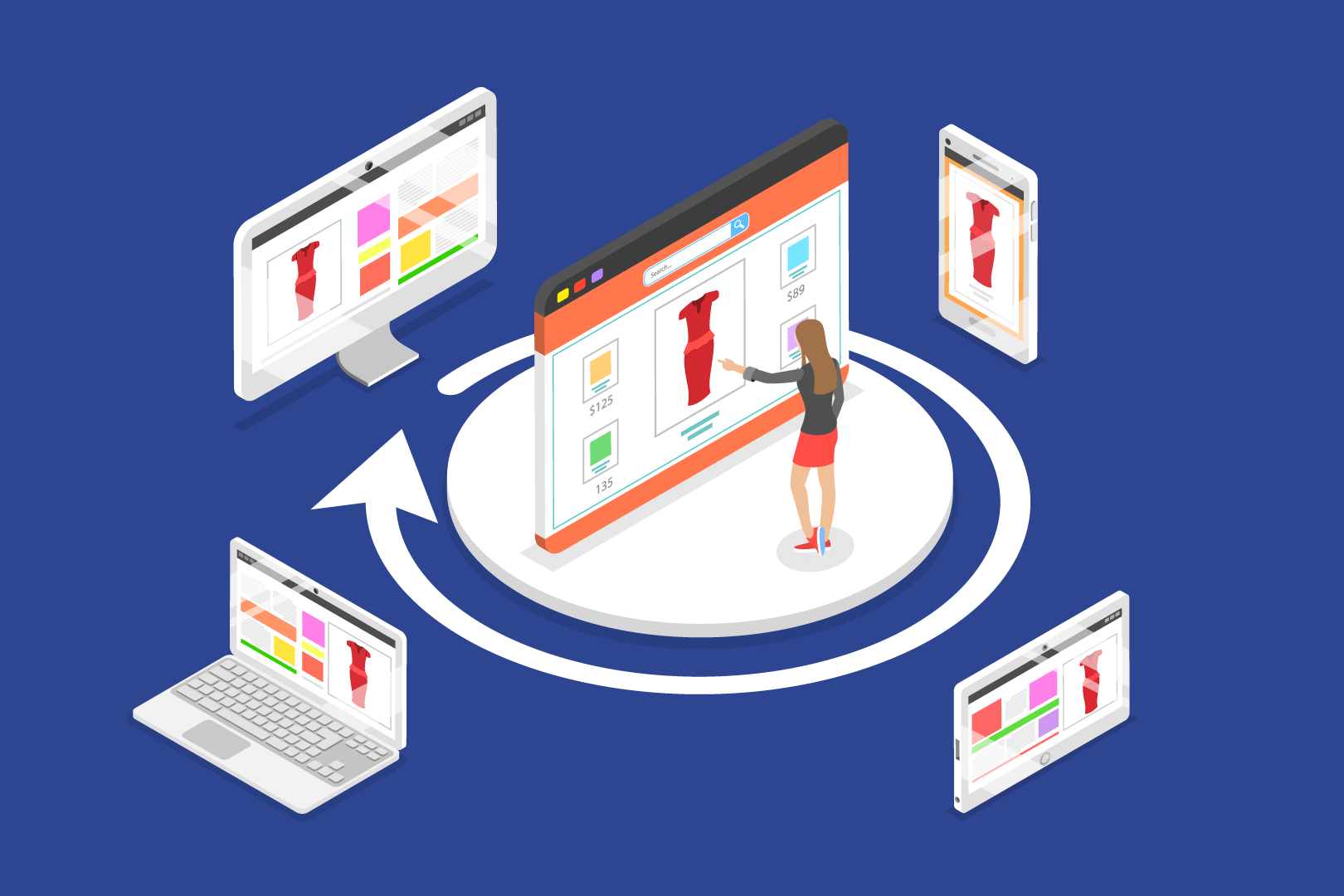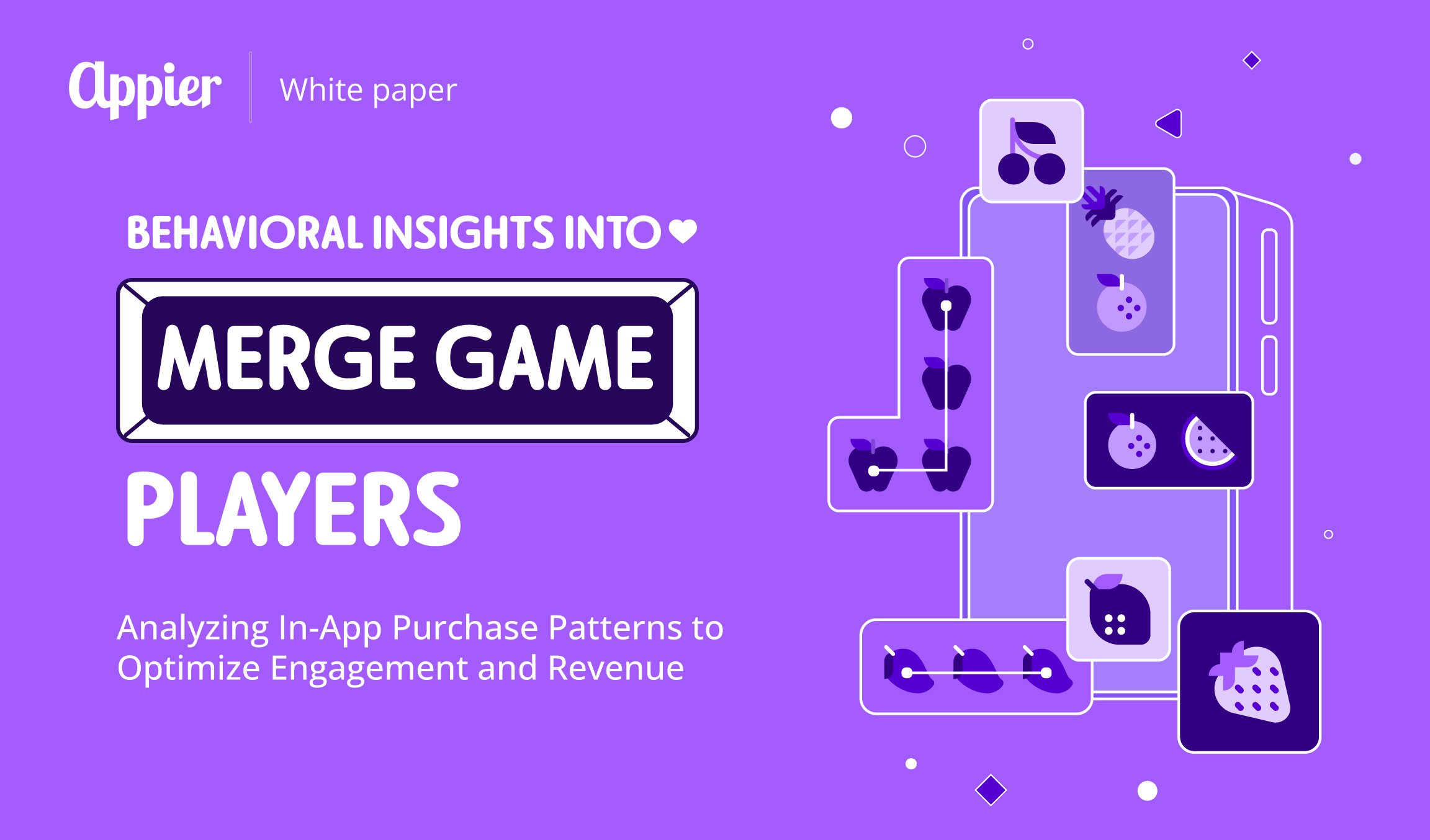6 min read
The COVID-19 pandemic has shifted the rules of retail. Traditional bricks-and-mortar commerce is increasingly being replaced by perceptually safer modes of purchase via digital channels. This contactless landscape places new demands on marketers to increase online efforts and investment. It has also led to fresh challenges.
How can you stand out among the ever-increasing digital competition? How can you effectively navigate the increasingly complex customer journey to ensure personalized, consistent communications? How can you drive engagement and leads across multiple channels? If these are the types of questions you’re grappling with right now, cross-channel remarketing will be an effective tactic that you should deploy.
Cross-channel remarketing is a process of sending strategic communications across multiple channels to people who have previously interacted with your brand based on their actions. The intention behind it is to increase engagement and encourage further action.
Rather than use each channel in isolation, which can lead to inconsistent messaging, cross-channel remarketing ensures that marketing campaigns and content are tailored to the specific stage in the customer journey and the optimal channel in order to create seamless brand experiences.
To implement cross-channel remarketing effectively, you need to understand how it works in different channels, such as paid advertising, push notification, email, and SMS. Here we take a close look at some of those, including best practices you can utilize to drive your success rate.
Retargeting Ads
Retargeting ads are one of the most popular forms to re-engage potential customers, with one in five marketers now given a direct budget for it. This is because they are easy to implement and can be extremely effective. These ads are three times more likely to be clicked by retargeted audience than new ones while 70 percent more likely to convert.
If a prospect leaves your site after taking a specific action, you can retarget them with a personalized ad when they are scrolling their social media feeds, searching in Google, or in the form of banner ads as they browse other websites.
Retargeting ads are usually delivered through a paid dynamic platform, which includes audience selection tools and automates the process for you. To ensure your efforts are effective, here are some best practices to follow:
- Segment your audience – Use an AI-enabled customer data platform to interpret your data and gain a deeper understanding of your site visitors’ preferences and behaviors. You can also define lookalikes for audience expansion.
- Personalize your product recommendations – Use AI to predict what products people would be most interested in based on their interests on your site as well as on external sites.
- Determine purchase intent – Instead of sending retargeting ads to everyone who has performed a certain action, use AI to identify purchase intent so you can focus your efforts on people most likely to click and convert.
- Utilize deep links – For example, instead of sending users from your retargeting ad to your homepage, send them to the specific product page they have viewed previously for a seamless customer experience.
- Cross-screen targeting – Use AI to predict the best timing and device for your retargeting ads to increase engagement and conversions.
- Implement frequency capping – Use machine learning to accurately measure the number of impressions and predict optimal capping to avoid ad fatigue
Push Notifications
Push notifications can be extremely effective if used correctly. This is largely because people tend to always have their mobile with them, so push notifications are immediately visible when popping up on the screen.
Like ads, push notifications should also be targeted, personalized, and triggered based on in-app and online activities in real time.
You can set goals and triggers for automated push notifications according to predefined user actions, such as add-to-cart or page visits. You can also send them based on audience attributes such as their location or devices they use.
Push notifications is one of the best channels to re-engage lapsed customers. Many brands are seeing great success. One example is Clovia, a fast-growing Indian nightwear and lingerie retailer.
Like many online retailers, Clovia was struggling to reduce cart abandonment. However, by using personalized push notifications featuring abandoned products with prices and features, which were automatically triggered when a visitor abandoned cart, the company increased its app checkout rate by 17 percent and click-through rate of app notifications by 44 percent.
Email Remarketing
Email continues to be a successful marketing tool with a return of investment of US$42 for every US$1 spent. It is also another great channel for remarketing. Research has shown that email remarketing conversions can be as high as 41 percent, compared to the average e-commerce conversion rate of 2 to 4 percent.
Traditionally, email remarketing involves sending customized emails to customers based on the historical information you already have about them. However, a more effective way is to use machine learning to identify customers’ real-time intent based on recency and frequency of activity. The more a user has engaged, the higher their chances of conversion at that time.
Here are some examples of real-time intent email remarketing in practice:
- Sarah has viewed a winter jacket on your site twice in the last two days and added it to her cart. This signals that she has a high level of intent to buy. So, you can send her an email to remind her of the jacket left in the cart and offer free shipping to encourage purchase.
- Josh has only viewed a product once in the past two weeks. To deepen engagement, you can use deep learning to analyze first-party data together with external data to uncover his real interests. You then send him relevant content such as blog posts and tips through email with an offer to redeem free samples.
- Jayne purchased from you before but hasn’t brought anything in the past 90 days. To re-engage her, you can send a personalized email to remind her of your brand and offer a loyalty incentive, such as a bonus free gift based on her interests or a discount for her next purchase.
Don’t forget, the data on your email subscribers, such as the emails they opened and clicked, can also be used to personalize retargeting ads for optimized results.
Test your Channels for Best Results
By implementing the right mix of channels and the right tools in your remarketing strategy, you can up your chances of winning customers over in today’s contactless retail landscape. Importantly, make sure you set smart goals and conduct A/B tests to optimize your cross-channel remarketing efforts, in order to drive the highest engagement and ROI.
* Want to understand more about how to leverage these channels for effective remarketing, and how AI can help you up your game? Contact our team today for an exclusive consultation.



